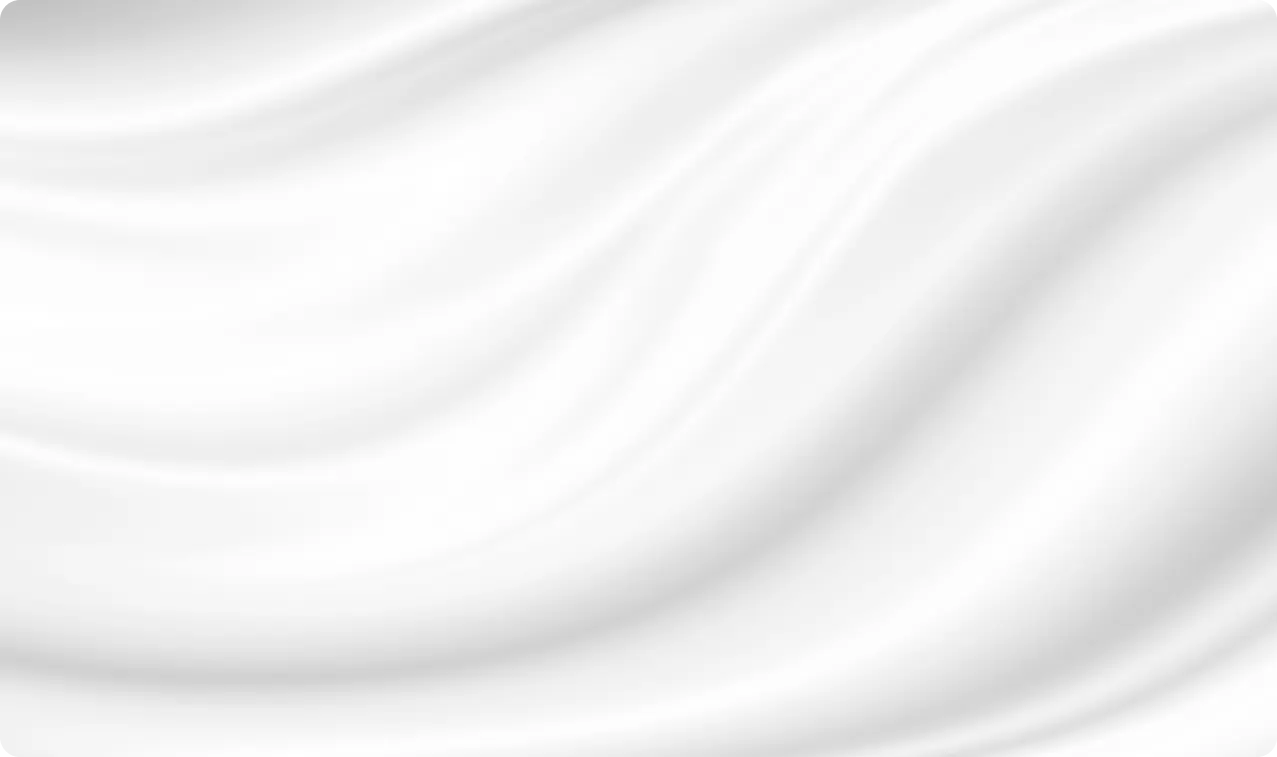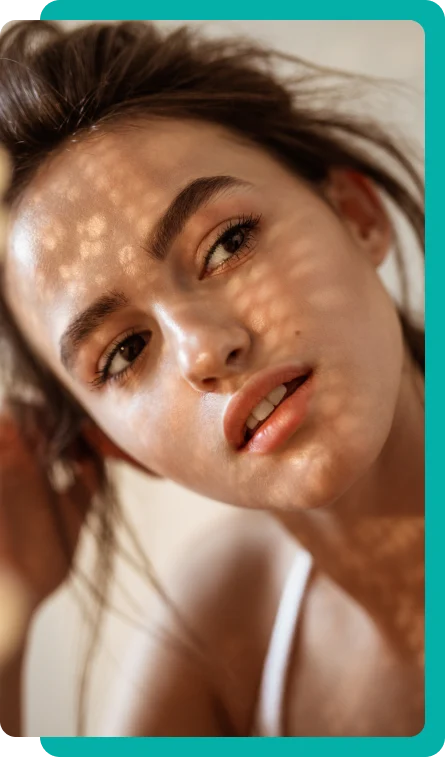For Patients
About
For Providers
Locations
Blog
Contact
Menu
In recent years, procedures that are focused on refining facial contours and achieving a more sculpted, youthful look have grown in popularity. Two of these treatments, namely buccal fat removal and injectable cheek fillers, are often compared due to their similar goals but contrasting methodologies.
To understand how buccal fat removal and cheek fillers work to reshape the face, it helps to first understand what “buccal fat” refers to.
The buccal fat pad is a naturally occurring deposit of fat in the cheek area located between the buccinator muscles along each side of the face. This fat pad helps support structure and facial contours during youth.
As we age and lose collagen, elastin and facial volume, the buccal fat pad can remain unchanged, causing the lower part of the cheeks to appear fuller or more pronounced. Some people also have naturally larger buccal fat pads which contributes to a rounder, “chipmunk cheek” look.
Buccal fat removal, also known as cheek reduction surgery, is a procedure that removes a portion of the buccal fat pad through a small incision inside the mouth. This is performed by a plastic surgeon in order to create a more contoured, sculpted appearance in the lower cheeks and jawline. It helps reduce the rounded, chubby look that some people wish to reshape.
On the other hand, cheek fillers involve injecting dermal filler products into the mid to upper cheeks to add volume and projection. Fillers help restore plumpness that is lost with age, and can sharpen cheekbones and balance facial proportions. The most common fillers used in the cheeks are hyaluronic acid products like Juvederm Voluma and Restylane Lyft. Other options include Sculptra Aesthetic and Radiesse.
To sum it up: While buccal fat removal takes away volume to contour the cheeks, fillers add volume for lift and fullness. These treatments can be used individually or combined as part of an overall facial rejuvenation and shaping plan.
The ideal candidates for buccal fat removal and cheek fillers share some similarities, along with some differences:
There are some key considerations that are important for both buccal fat removal and cheek filler procedures.
The treatment chosen should align with the patient's specific aesthetic goals and concerns. It is essential for patients to understand that some degree of swelling, bruising, and recovery time will be required. They must be ready to commit to proper aftercare, including sun protection and avoiding habits like smoking that impair healing.
Careful consideration of these factors will help determine if an individual is well-suited for either buccal fat removal surgery or nonsurgical cheek fillers.
As an outpatient procedure performed under anesthesia, buccal fat removal involves the following surgical steps:
Step 1:
Small incisions of around half an inch are made inside the upper back portion of the mouth.
Through these incisions, the surgeon is able to access and remove the desired amount of buccal fat.
Step 2:
Fat removal is usually performed on both sides to ensure facial symmetry.
Step 3:
Dissolvable sutures are used to close the incisions inside the cheeks.
The procedure takes 1-2 hours depending on the extent of buccal fat removal needed.
Step 4:
IV sedation or general anesthesia is administered for comfort and safety.
Buccal fat removal is sometimes combined with procedures like chin augmentation or submental neck liposuction to enhance overall facial balance. Skill and experience are critical when removing buccal fat, as taking out too much can lead to gauntness, premature aging, and a washed out look. When performed properly, patients see a reduction in cheek roundness with well-preserved facial structure.

Recovery time, potential side effects, and risks associated with buccal fat removal include:
Cheek fillers add volume through injection of the chosen product into different parts of the cheek region. Here's an overview of how cheek filler procedures work:
Cheek fillers help restore a heart-shaped, youthful look to the face with lifted cheekbones, smoothed cheek hollows, and better overall facial proportions.
The non-invasive nature of cheek fillers means minimal downtime but patients should still be prepared for:
Proper aftercare helps maximize filler outcomes and longevity for a refreshed, youthful cheek appearance.
As with any cosmetic treatments, costs for buccal fat removal and cheek fillers can vary significantly based on factors like:
Buccal fat removal costs typically range from $3,000 to $5,000 but can be higher.
Cheek fillers can range from $600 - $1200 per syringe, depending on the product and provider. Many practices offer package deals for multiple syringes.

Both buccal fat removal and injectable cheek fillers offer facial contouring solutions, but use different techniques to address concerns like overly full cheeks or age-related volume loss.
Both procedures also require managing expectations realistically. Results, while noticeable, are subtle rather than drastic changes to one's appearance.
The optimal treatment depends on the individual’s facial anatomy, aesthetic goals and tolerance for surgery versus nonsurgical options. Consulting an experienced cosmetic provider allows for an evaluation of which technique, or combination approach, is best suited for natural-looking, long-lasting cheek enhancement and improved facial contours.
If you want to determine if buccal fat removal, cheek fillers, or a combination treatment is right for helping you achieve your aesthetic goals, then schedule a consultation with Dr. Lanna Aesthetics. The team will provide you with surgical and nonsurgical options for facial rejuvenation, performed in a safe, welcoming environment to bring out your natural beauty.

Join Dr. Lanna & Dr. Doshi for a Transformation
Unlock the possibilities with our certified facial and oculofacial plastic surgeries. Attend our free webinar to find out how we can tailor solutions for you, with financing available to fit your budget.
